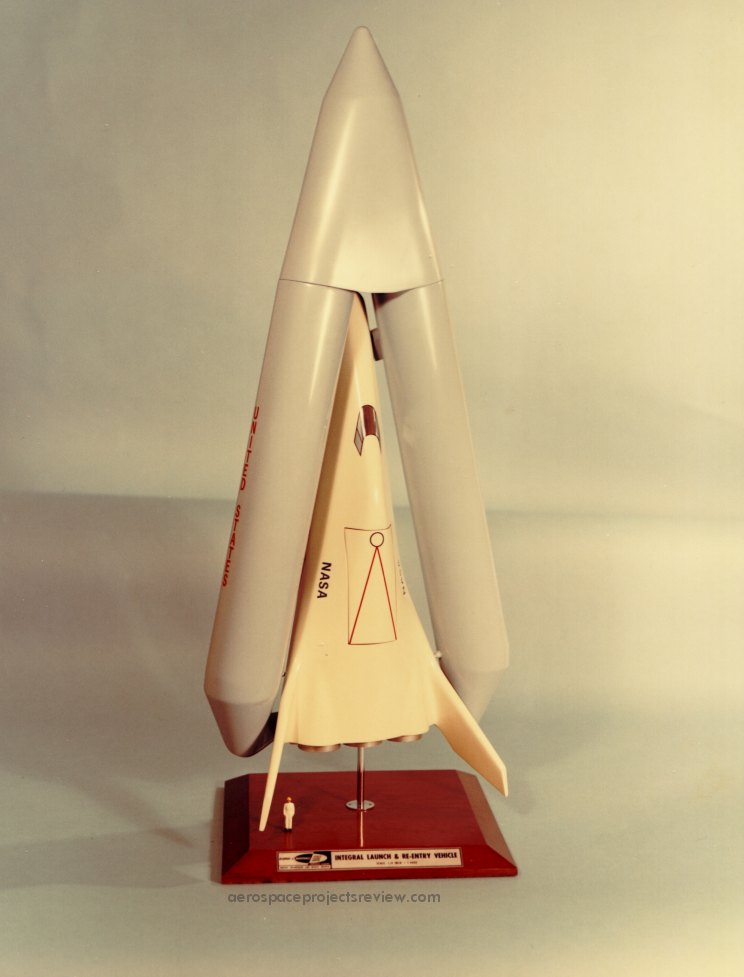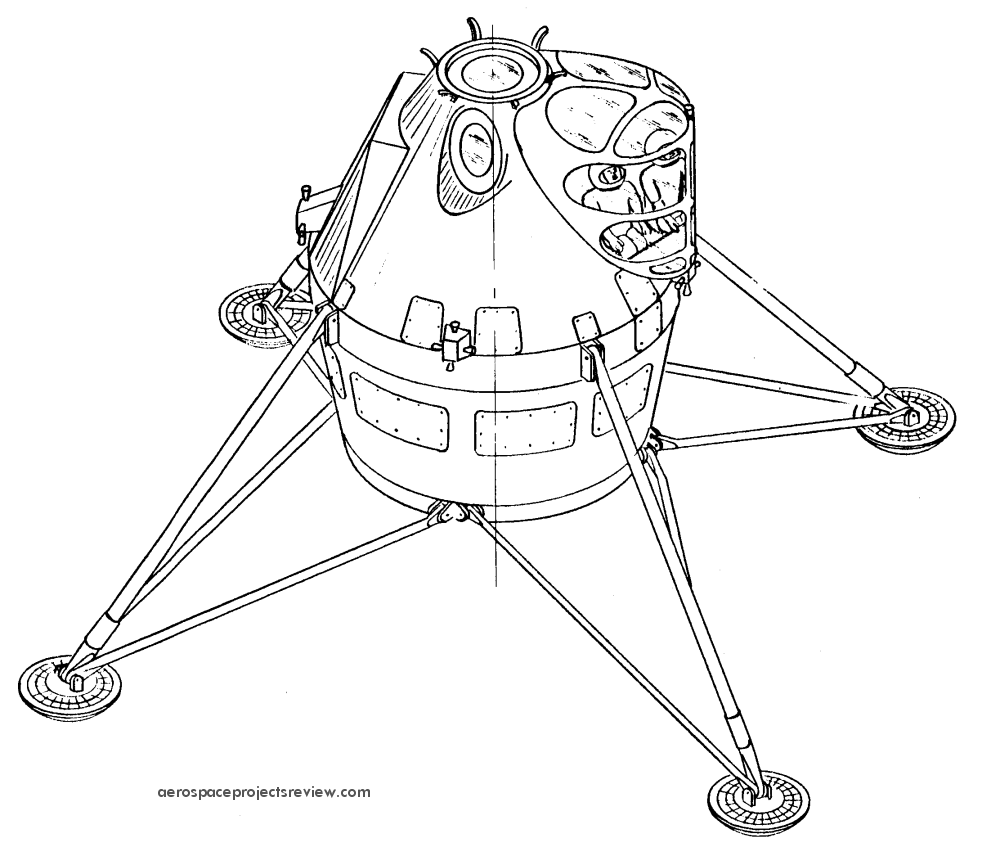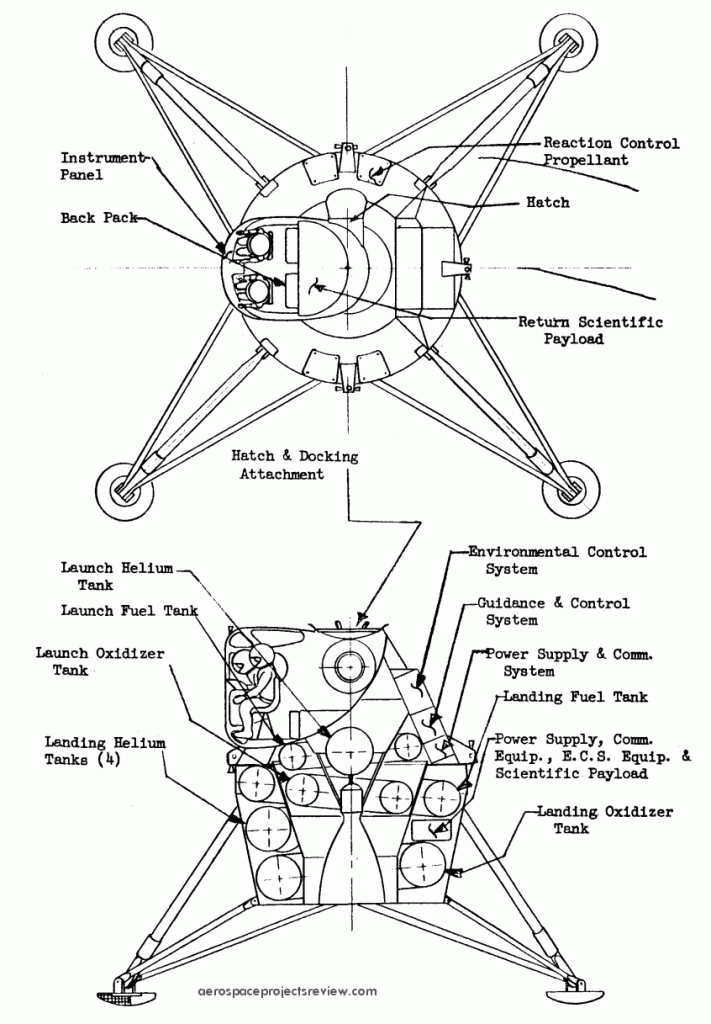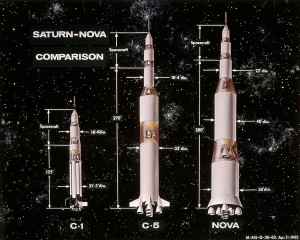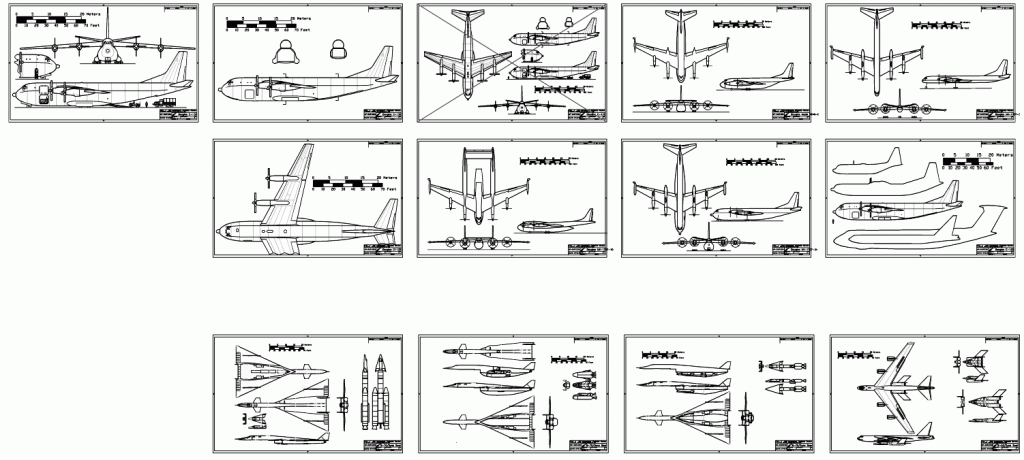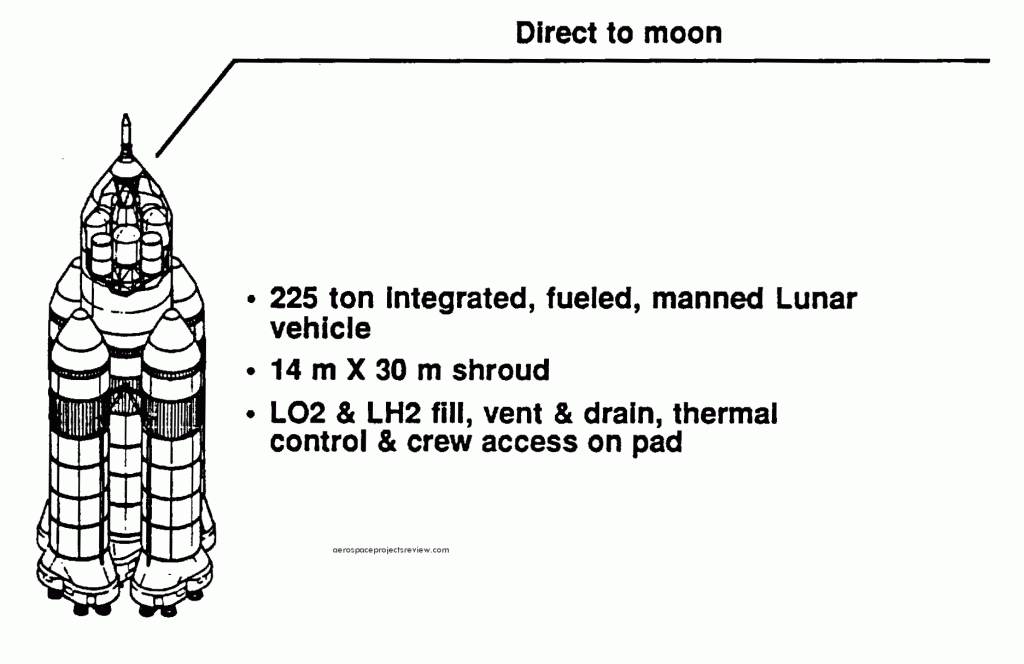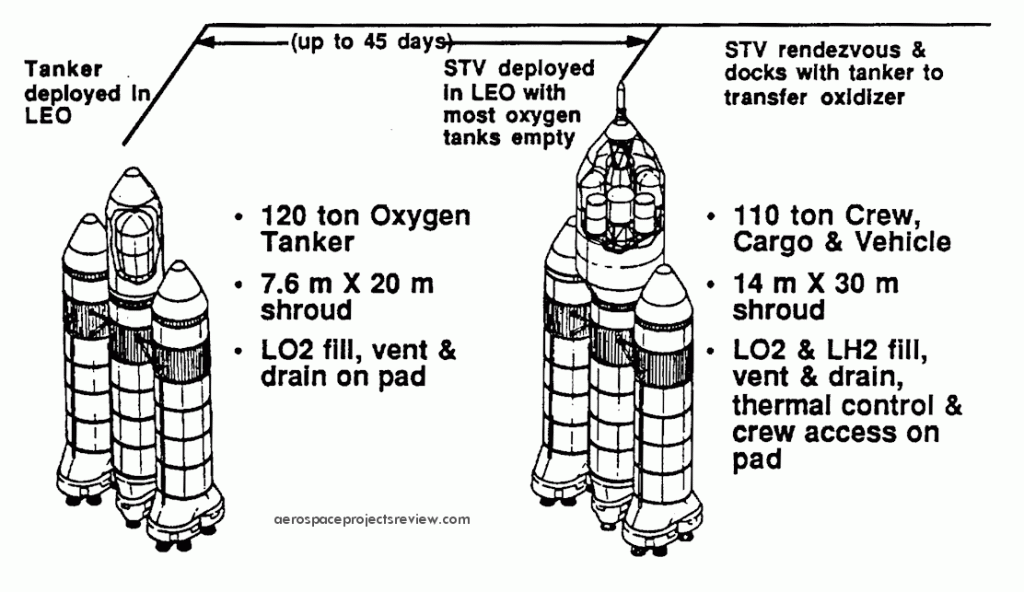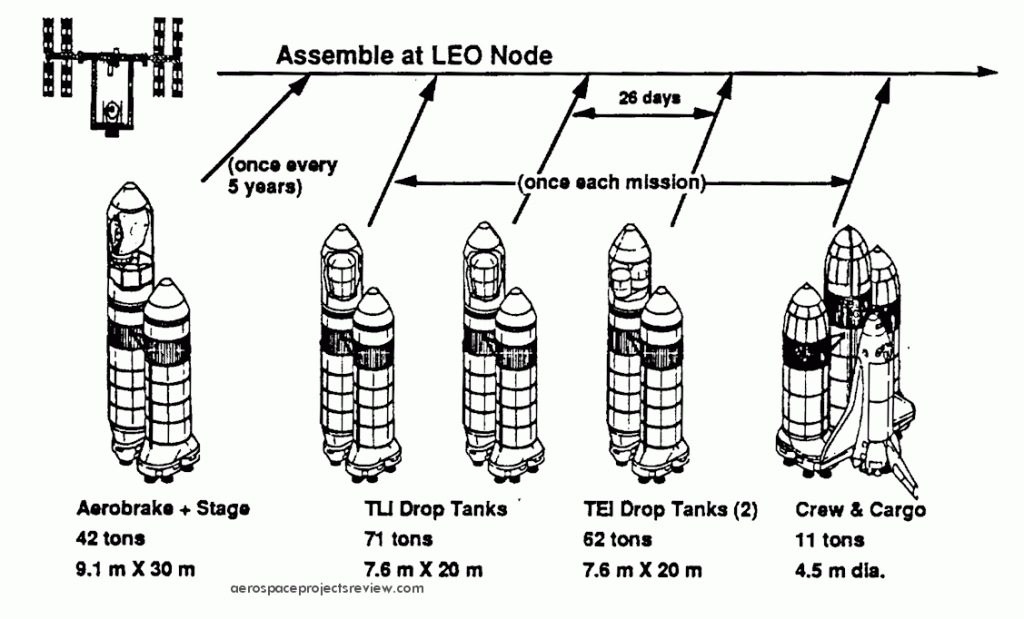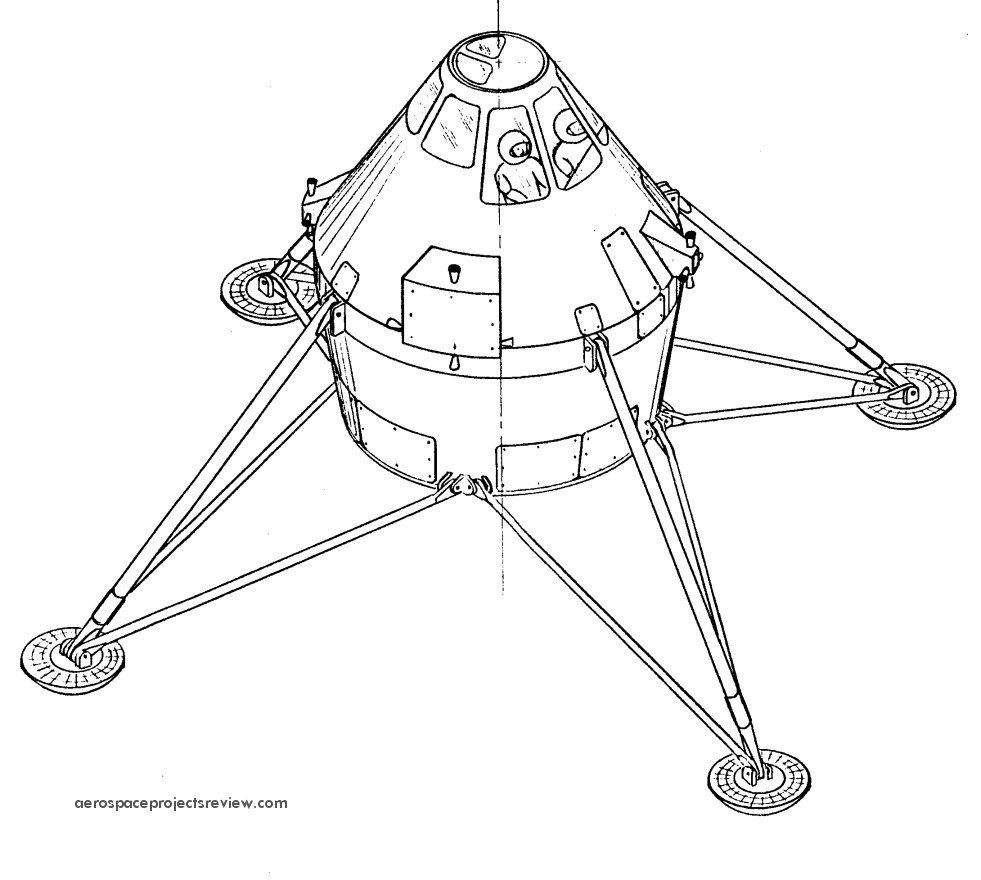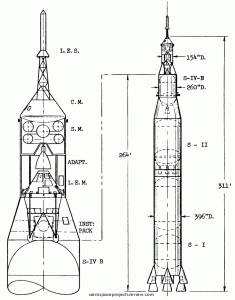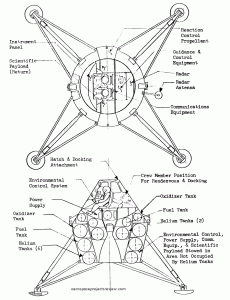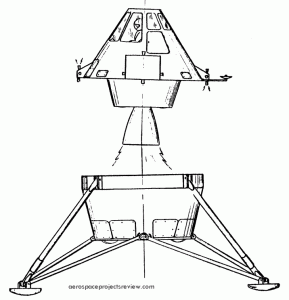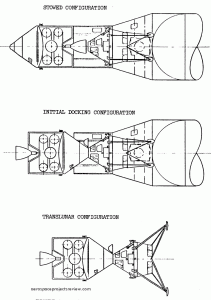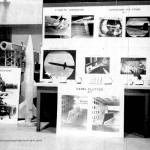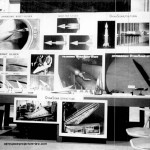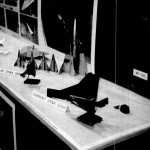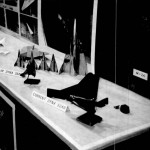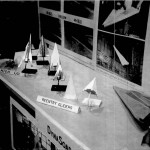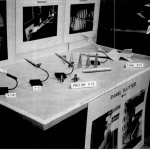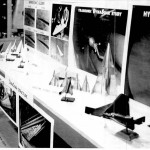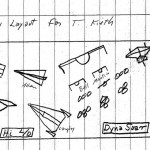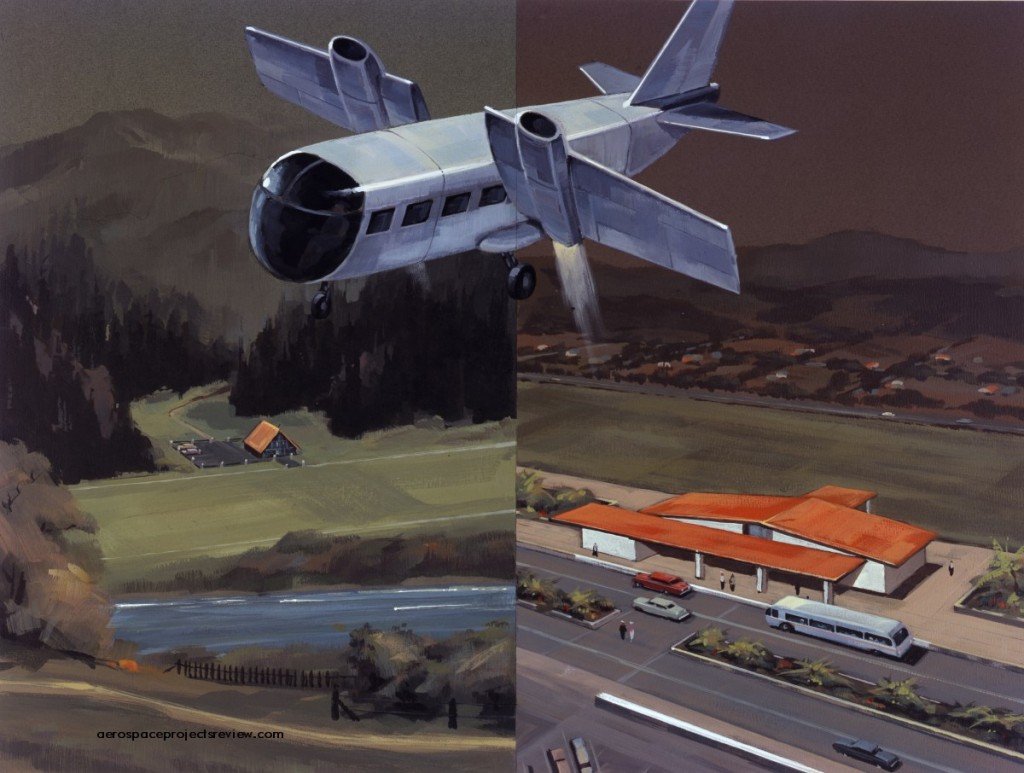A photo (via the NASA HQ History Office) of the Lockheed STAR Clipper. This was an early stage-and-a-half concept with a reusable orbiter and expendable propellant tanks. Vastly more info on this is available in APR issue V3N2.
A modification of THIS design, with a raised canopy for the crew. This would greatly improve downward vision for landing. Note, though, that the crew are still seated at this stage in the design process. The size of the windows would mean a lot of excess mass, however.
Also note in the cross-section view that the toroidal propellant tanks are “tipped” by several degrees. This was not the case in the earlier design.
A color version of the art previously shown HERE.
A 1962 NASA graphic showing the Saturn I, Saturn V and one or the more stereotypical of the Nova configurations to scale. Note that they all show direct-landing Apollo spacecraft… an extra stage, and no LEM. The Nova is similar to the “Saturn C-8” configuration. Note that the second stage of the Nova is larger in diameter and almost as long as the first stage of the Saturn C-5, and would have made the basis of a fairly substantial launch vehicle on it’s own.
In 1993 Boeing designed a modular heavy lift launch vehicle for a range of space launch missions. The core vehicle was based on Shuttle External Tank components, with a multitude of SSME’s at the rear (in two recoverable pods). Shown here are some basic launchers built from these components, being used to launch parts for a lunar mission into Earth orbit. The Shuttle is shown with the solid rocket boosters replaced with the new core vehicles.
A concept for the Lunar Excursion Module, reported on in May of 1962. It seems to have originated with Maxime Faget (of Mercury capsule design fame) at the Manned Spacecraft Center in Houston. It is interesting not only for its conical shape, but also far is basic layout… as with the Soviet LK lander, this design features a single main propulsion system that fires through a “hollow” landing stage. The Soviet design packed all the propulsion tanks into the ascent stage; this NASA design had distributed tanks. This would make the ascent vehicle lighter, at the expense of plumbing complexity. Propellants were N2O4 oxidizer and either MMH or 50% N2H4 + 50% UDMH.
This vehicle would weigh 23,959 pounds at separation from the Command Module; 11,204 at landing. At liftoff – after leaving behind the landing stage – it would weight 7,068 pounds; at burnout, 3,568 pounds.
From sometime around 1963, a few photos of wind tunnel models at NASA-Langley. Shown are a range of Dyna Soar models, from pre-Dyna Soar “HYWARDS” concepts to the initial Boeing 844 design to the final Boeing Model 2050E configuration.
A piece of North American Aviation promotional artwork depicting a VTOL transport aircraft. It’s not clear if this design was a “real” design, or just artistic license. In either event, it depicts a jet-equipped tilt-wing design with four engines, with the wing pivot point disturbing close to the passenger cabin. It would be an incredibly loud vehicle for the passengers.
It depicts a type of aircraft that the mid 1960’s thought would soon be popular… a VTOL “bus” for relatively short range flights. It is shown here seemingly operating between a transit hub just outside of the suburbs and a very small vertiport in the mountains, presumably near a resort.
